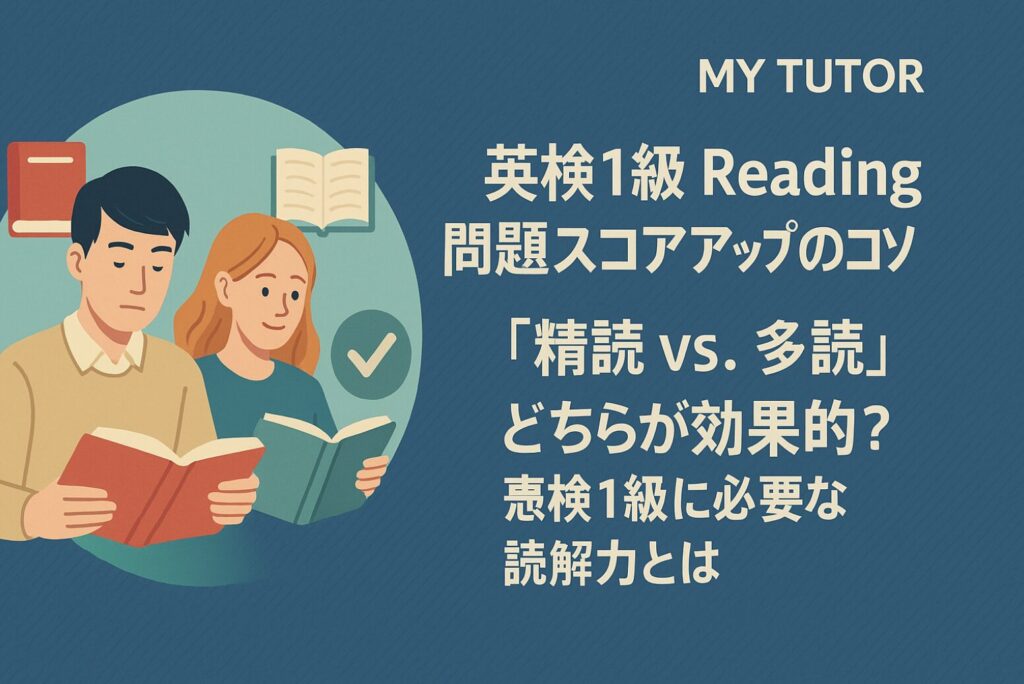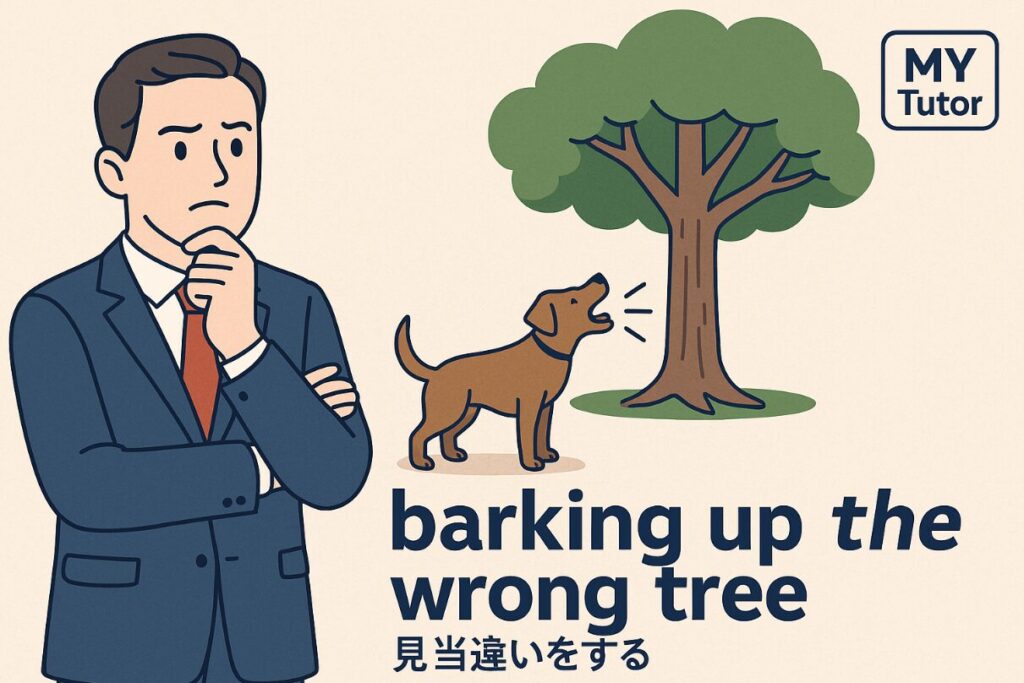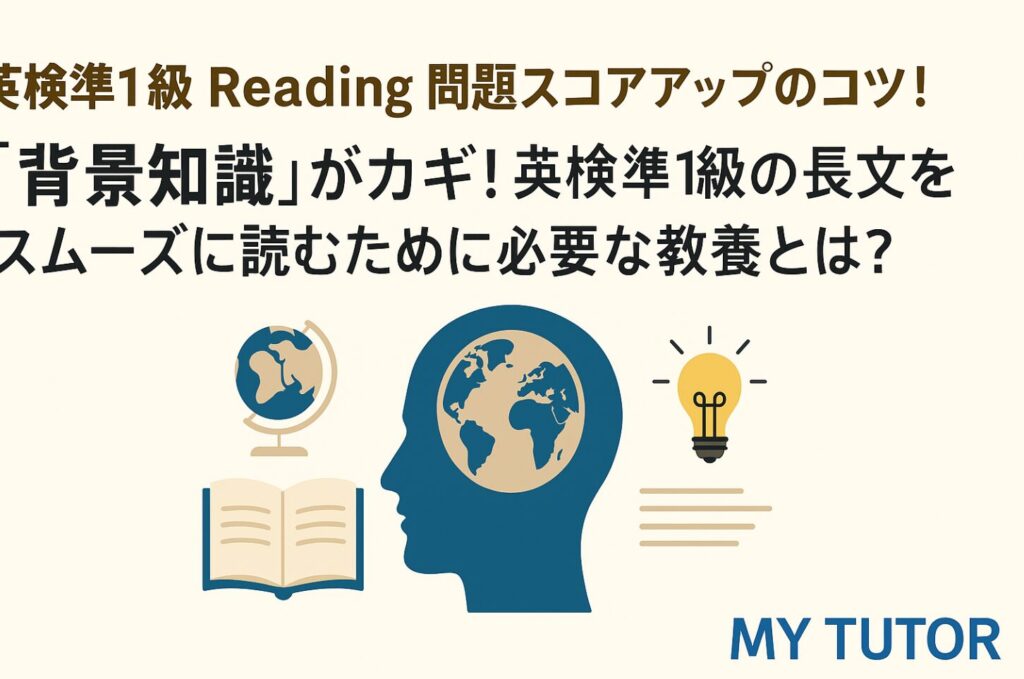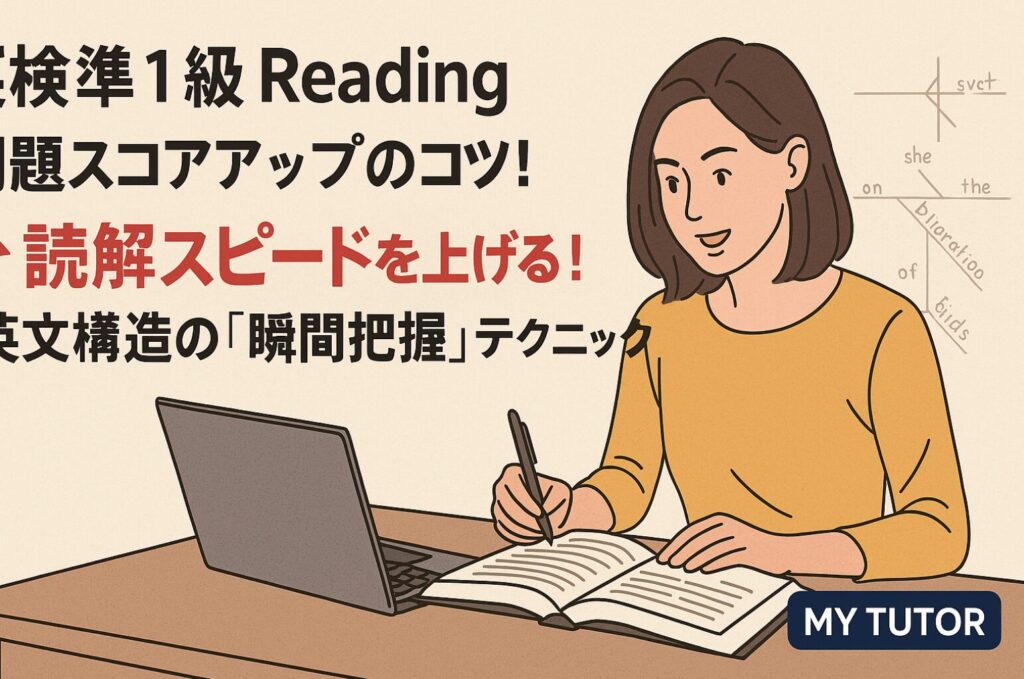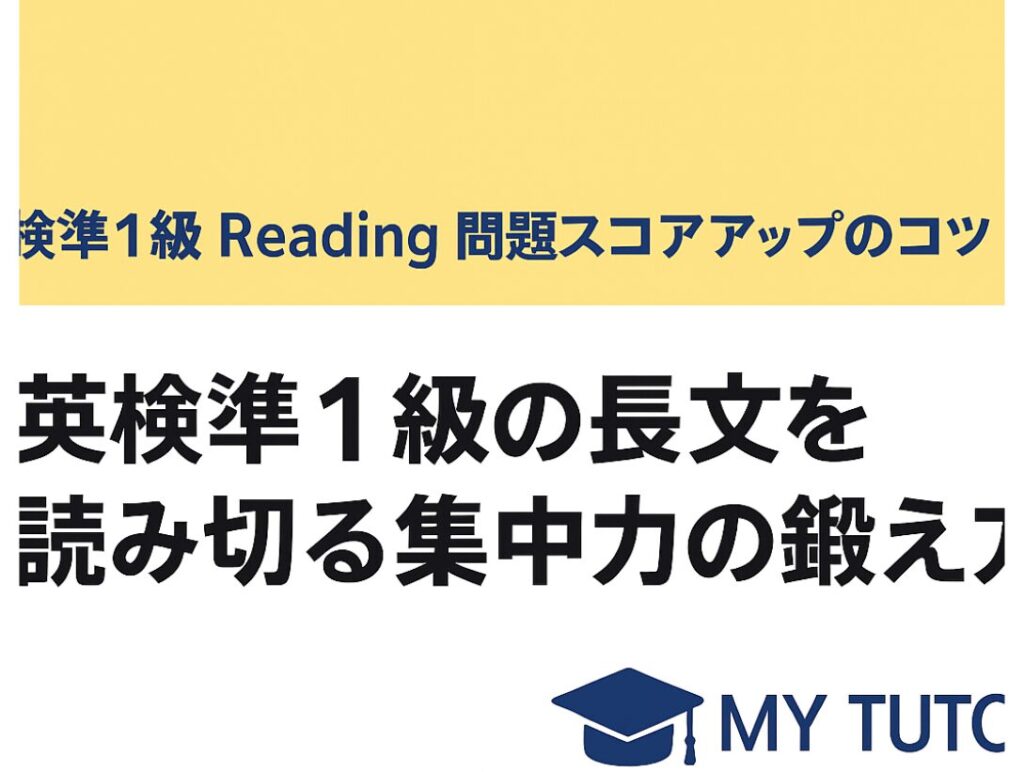
◆ 今回のイディオム
“by the book”
「by the book」は、「規則通りに」「マニュアル通りに」「厳密に手順に従って」という意味のイディオムです。
特に、ルールや規則を厳しく守る人の行動を説明する際によく使われます。
◆ 🔍 どんな意味?
“by the book” は、「法律・規則・指針などに忠実に従って行動する」という意味です。
肯定的にも使えますが、時には「融通が利かない」「柔軟性がない」といったニュアンスを含むこともあります。
◆ 📚 語源について
この表現の “book” は、ルールブックやマニュアル、法律書などを指します。
もともとは軍隊や官公庁などの組織で、「規則書通りにやる」ことを強調する際に用いられていたと言われています。
今ではビジネスや日常会話でも広く使われています。
◆ 📝 使い方をチェック!(例文は3つ)
1️⃣ The new manager does everything by the book, which makes the team feel restricted.
(新しいマネージャーは何事も規則通りに行うので、チームは窮屈に感じている。)
2️⃣ You won’t get in trouble if you do it by the book.
(規則通りにやれば、問題にはならないよ。)
3️⃣ She handled the legal process strictly by the book.
(彼女は法的手続きを厳密に規則通りに進めた。)
◆ 💡 ポイント解説
- ビジネスシーンでは「リスクを避ける慎重な姿勢」としてプラスに受け取られやすい。
- 一方で、創造性や柔軟性が求め
場面では「型にはまりすぎ」としてマイナス評価になることも。 - トーンや文脈に注意して使い分けるのがポイントです。
◆ 🔁 似たような表現
- follow the rules(規則に従う)
- play it safe(安全策をとる)
- toe the line(方針に従う)
※ それぞれニュアンスが少しずつ異なるので、使い分けを意識しましょう。
「by the book」は、英語圏の職場やフォーマルな場面で非常によく使われる表現です。
規則を守ることが大切な状況では信頼感を与えられる一方で、柔軟さが求められる場面では注意が必要です。
使いどころを見極めて、スマートに使いこなしていきましょう!


